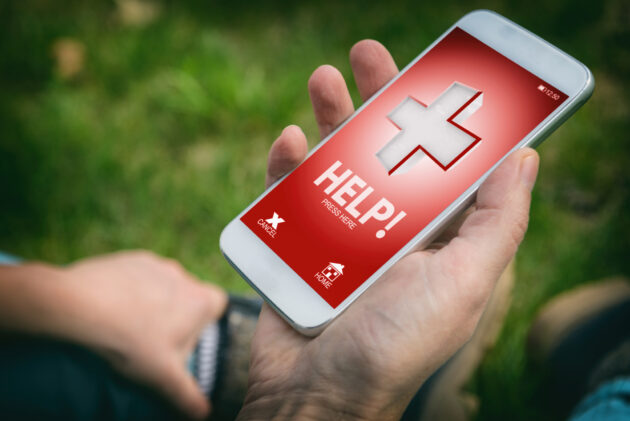Preparing for the dreaded call
You may be overlooking a vital linchpin of your accident defense. And you’re not alone.
The person who takes “the call” and speaks with your driver following an incident can determine the fate of your case. What they document and the guidance they give can be defining.
Whether it is one person who takes the call, records the facts, and gives guidance, or the driver is handed off to another, these are crucial roles. You must give careful consideration regarding who will do this; what are their responsibilities, how they are trained, and what will they document?
So, who is that person at your company? Are they prepared? Will they accurately document the call and lead the driver through what they need to do deal with their most distressing professional challenge? What will they document and in what form?
First, “the call.” Whatever is documented from what the driver says on this call will be what you will have to live with throughout your court case. If it’s wrong, well, you have a lot of explaining to do. And that is a position that you don’t want to be in.
Plaintiff’s counsels will argue that it is gospel, as it is what your driver actually said before being “guided” by their company, risk manager, or defense attorneys. The key is to make sure it is right so you don’t have to worry about the explanations.

Make sure whomever takes “the call” knows how important they are. Make sure they know how crucial accuracy is, and the potential harm of any error. Their mistake can be far more costly than an accounting or shipment error.
Have a prepared script. This is not a time to wing it. Make sure they know what to say and what to ask.
Have a form. Outline the specific information they need to elicit from the driver. This includes the exact location of the accident, condition of those involved, vehicle condition, any hazmat spills, whether emergency responders have been engaged, and the most basic information about the accident (was it at an intersection, during a lane change?) Just enough to know what we are facing.
With this information, you know the severity and where to go with the next level. Make sure that “the call” recipient has direction as to the next step for specific situations after this triage. Fender bender? Severe injuries, or even a fatal that warrants attorney involvement?
Who needs to be notified internally? Risk management? Operations (what does this mean to the load)?
Provide them with a checklist for what the driver is to do. Think about it – it is an emotional time for the driver. Possible ticket. Potential loss of licence and job. In the worst of cases, the prospect of imprisonment.
The person on “the call” is mission control. They are the calm, organized voice walking the driver through what needs done and how to do so.
Again, have a checklist. Think you don’t need a written checklist? Think again.
Dr. Atul Gawande, in The Checklist Manifesto: How to Get Things Right, writes about his study of reducing the mortality rate from surgery. The answer: a checklist.
And that’s not just for operating room rookies; new surgeons or neophyte nurses. Even experienced doctors and longtime nurses at the most noted hospital achieved reduced fatalities after the checklist was introduced.
Okay, you have got the accident information and know what you are facing. You have reminded the driver of the fundamentals they need to do post-accident.
Now turn to “accident response” mode. Make sure that they photograph the vehicles and scene. Get photos of debris, road marks, and fluids.
Get witness names and numbers. At least photograph their licence plates.
Do what they need to do to preserve the ECM data. What do they have to do? Do you need to disengage your axle? Not turn the key?
Figure that out today, and add it to the checklist.
And remind them to be quiet. Don’t discuss the incident with anyone. Don’t give any statements. Provide the police the most basic information. “I came over the hill. Traffic stopped. I couldn’t stop.” Period.
Those taking “the call” and giving direction are writing in wet concrete – it hardens quickly, is permanent, and can’t be changed. Make sure it is right.
Have your say
This is a moderated forum. Comments will no longer be published unless they are accompanied by a first and last name and a verifiable email address. (Today's Trucking will not publish or share the email address.) Profane language and content deemed to be libelous, racist, or threatening in nature will not be published under any circumstances.
Great standard practice Doug Marcello. But in this day and age we have the tools to do much better. We can leverage technology to mechanize the conduct reminder and information gathering and mitigate many of the shortcomings in the human transaction. Rapid response equals rapid resolution.